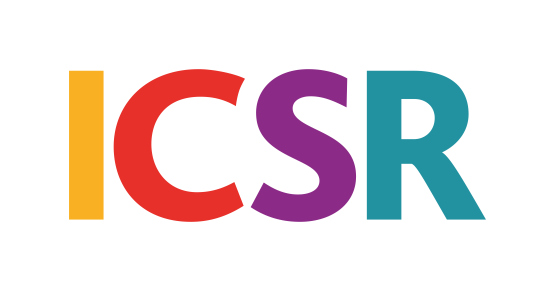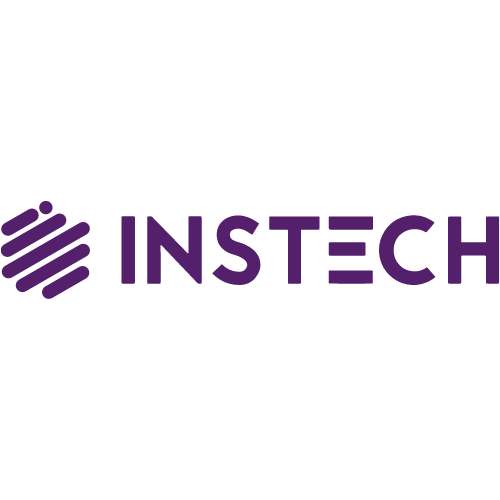In 2021, the value of the global Business Process Outsourcing (BPO) market had reached US$246bn. It is expected that with an annual growth rate of 9.1% between 2022 and 2030, this will double to over US$525bn. India remains the leader in the BPO space, but it is expected to face a serious challenge in the coming years from the Philippines, Malaysia and perhaps more surprisingly China. In a post pandemic world, these revenue predictions may well be considered bullish. In an appropriately digitised world, the revenue may well be repurposed towards a more “as a service” offering.
In the past the challenges facing the BPO firms would typically be around customer expectation, productivity issues from power outages, lack of appropriately skilled workers and staff attrition. Whilst BPO has continued to deliver benefits for the Financial Services sector over recent years (pre-pandemic), the introduction of automation and robotics played out with newer and more powerful low code technology has introduced a new challenge to BPO partners. These digitised transformation offerings have been talked of and promised for many years, but never got off the ground. This reticence to adapt the model played no small part in the challenges everyone faced as the pandemic impacted operating models. On the 25th of March 2020, India announced a pandemic lockdown bringing a new challenge no one had previously had to consider, and one which undoubtedly gives anyone considering BPO in the future cause to pause for thought. A concern around all BPO is data security and each BPO complex offered many strong and secure ways of ensuring that a client’s data was safe which in essence had been a key factor in controls the regulators needed to see.
These measures included:
- Phones and personal technology could not be used on the work floor to ensure there was no route to transmit messages about data.
- Security passes were set up to ensure access to any work floor was limited to only the staff working for that particular client. This was an essential ingredient for meeting both client’s and regulatory expectation.
Yet here we had a scenario where in order to maintain the BPO, there had to be a complete about turn on this with staff being allowed to work remotely and when coupled with the fact not everyone had access to Wi-Fi, remote working clearly would not work for everyone immediately. This would be a matter for the regulators to consider from the point of view of firms being able to establish that the new operating model and changed circumstances had acceptable and appropriate embedded controls and oversight.
I can cite two examples that illustrate the scenario many firms faced:
- One very large insurer brought all of the work they had offshore immediately back to the city in the UK where they had originally offshored from. This was driven by the pandemic and concerns about the regulatory implications – ironically this insurer had been asking for this process to be assessed for automation years previously.
- One start up insurer trying to offshore and at the point of beginning to trade needed a contingent workforce here in the south east to provide cover until they could resolve the challenges. As they were only a few months in from their initial approval, they did not want defer trading whilst waiting for the regulator to opine on the matter and had an issue that their outsourcing arrangements were to a firm in India which effectively closed down during the Pandemic because of legal and operational issues
The Wi-Fi dongle market also went through the roof as some BPO providers tried to get as much mobile Wi-Fi capability as they could.
The scenario could have been somewhat different had there been more consideration to remote working needs as part of everyone’s Business Continuity and Operational Resilience planning. Pre-pandemic the insurance market had been slow regarding creating formal home / remote working arrangements. Any agreed arrangements were more the exception rather than the rule and generally individually negotiated. Process fragmentation over almost a generation had evolved to a point where there had been an extrapolation of process. This was same scenario was now being faced in offshore facilities. Previously these facilities would boast about staff cost, data security and how even power outages were combatted. Work was managed mainly visually as banks of desks were filled with technicians applying their craft. The pandemic has acted as a catalyst for an immediate transformation of traditional BPO. This one event has challenged firms to consider whether their outsourcing partners are agile enough to respond, in the terms expected by UK Regulators, when conditions spin on a dime, because this is in effect something that a Business Continuity Plan should be able to provide an answer to, right?
Where solutions do not exist clients could be forced to end the relationship taking work back in-house. Key considerations for a post-pandemic world might be:
- Does the BPO partner or the client for that matter have a contingent plan to stand up a workforce at the point of need, whether that’s offshore, onshore or near-shore? Is the cost of this known? Is it built into the Managed Services Agreement (MSA)?
- Does your BPO partner have a Business Continuity Plan that can support full remote working, where data security is assured and additional costs that might arise are clearly stated and managed? Is this built into the MSA?
- As Business Continuity and Operational Resilience is threatened, how seamless and efficient is the switch to working from home? Is the plan formed? Are these costs known and built into the MSA?
- What is the roadmap within the BPO partner’s strategic intent to move away from BPO and move more towards digitising the process? Is this clear? Has the BPO partner been incentivised to digitise? Is a timeline built into the MSA?
- What joint innovations are in place to ensure the client does not notice any change to the ways of working as a consequence of any future event like a pandemic (this might also be known as your Business Continuity Plan having all the current elements)?
At ICSR we help insurance firms navigate through that assessment to test the rigour and efficiency of the BPO partner’s roadmap and transformation, identifying how a refreshed operational delivery model can support a remote working requirement, whilst also delivering operational resilience. Our focus is on helping firms drive greater efficiency, at the right cost, whilst ensuring they work in line with the expectations of the various UK Regulators that oversee the insurance market.
If you would like to know more about the way our Operations team can help clients manage these challenges, please speak with Lance Grant or any other member of the team.









